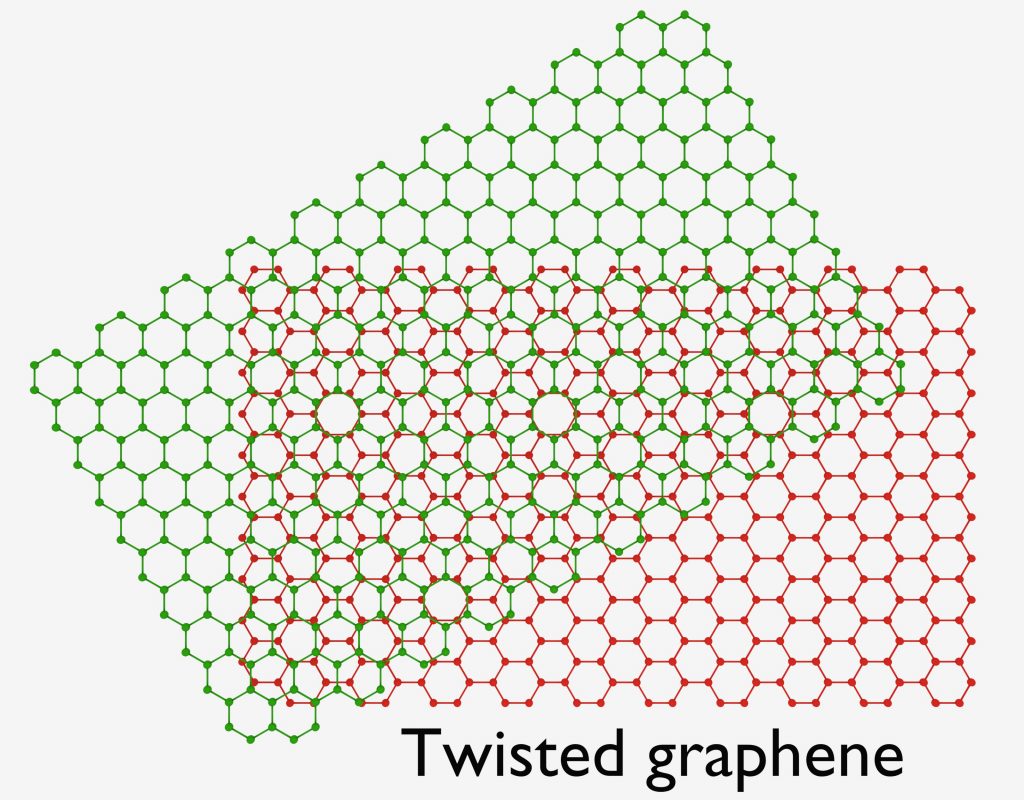David C. Smith
arXiv
Introduction
Raman spectroscopy has always been one of the most important measurement techniques for the characterization of 2D materials such as graphene, hexagonal boron nitride or transition metal dichalcogenides (TMDs). Analyzing their Raman spectrum reveals information on the number of layers, charge doping or stress and strain states. 2D materials can also be readily stacked into more complex structures. These so-called van der Waals heterostructures possess new physical properties and are fundamental for building new optoelectronic devices from 2D materials. It has been shown that not only the order of materials in the heterostructures is important to consider, but also their relative crystal orientation and the physical properties of so called twisted materials where the lattice of one layer is rotated relative to the layer below can change significantly.

Liam McDonnell and David Smith from the University of Southampton, UK and their coworkers are interested the physics of twisted van der Waals heterostructures. They use resonance Raman scattering to reveal interesting physics in TMD layers of MoSe2 and WSe2 and to characterize interactions between layers. In resonance Raman spectroscopy the excitation energy of the laser is brought in or close to resonance with the transition energy between electronic energy levels. The resonance effect typically leads to a massive increase in the Raman scattering signal which is often selective so only some Raman lines are enhanced. In TMDs resonance Raman has already been shown to be a probe of dark exciton states that are invisible in PL spectra, but couple to vibrational phonon modes.
In their recent article the researchers show that resonance Raman is a good tool to measure interactions between the TMD layers. For excitation of Raman spectra they use a tunable Ti:Sapph (1.24eV -1.77eV) and dye laser (1.74eV – 2.27eV) while controlling the light polarization which helps to eliminate unwanted luminescence signal from the sample. The Raman signal is analyzed in a TriVista triple stage spectrograph. The multi-stage system works particularly well for resonance Raman experiments as they can be adjusted for changing excitation laser wavelength without use of external filters that would be designed for use with a single laser excitation wavelength. They also allow observation of signals at energies <100cm-1 which are important for studying interlayer interactions of TMDs, but can’t be observe with standard Raman filters.
When scanning the excitation energy across resonance of an intra layer exciton the researcher observe spectral lines that can only be explained by hybridization of intra and interlayer exciton states. They can show that resonance Raman is a good tool to characterize the interactions and quantify the hybridization properties. Moreover, the interaction is dependent on the twisting angle between the layers. As a result, the researchers hope that their results will lead to new ways of designing optoelectronic devices of 2D materials. They also see potential applications in quantum technology and quantum information processing where hybridized excitons could be basis for q-bit states.

